10 multisensory techniques for teaching math
Multisensory instruction isn’t just for reading. It can also help kids who have trouble with math. The use of sight, touch, hearing, and movement can make it easier to understand what numbers and symbols represent. These 10 multisensory techniques can help kids learn math.
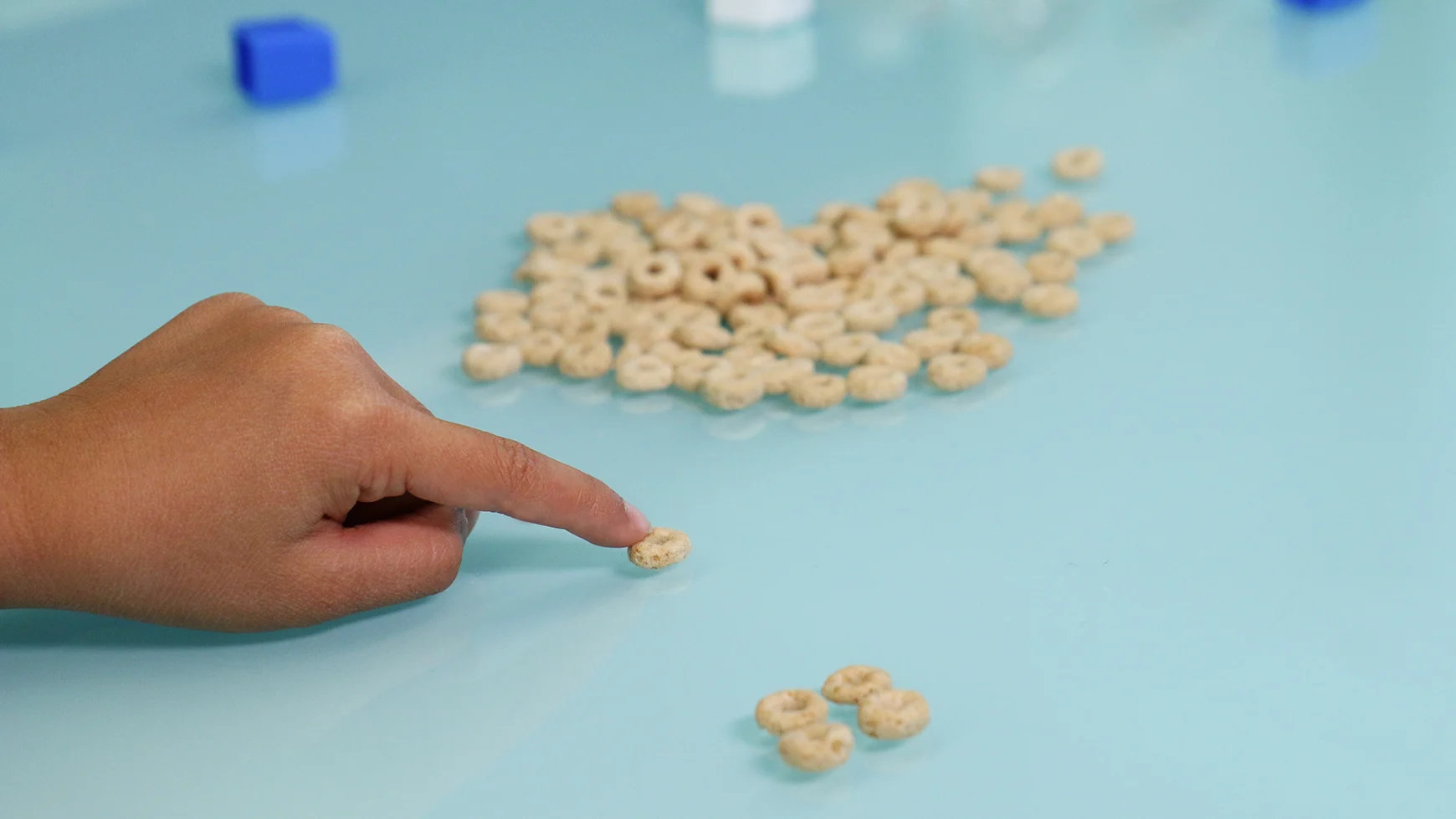
Visualizing with beads or cereal
Using beads, dried beans, or cereal as is a great way to have kids represent math operations. For instance, kids might solve an addition sentence by adding two sets of beads together. Or they might find out how much is left after subtracting some beads. Kids can also group together different amounts of the items for multiplication and division.
By moving these items around and seeing how the quantities change, kids have a concrete way of understanding how these math operations work. Manipulatives can also help kids develop number sense and understand amounts.

Building with colored cubes and tiles
Kids can use cubes or tiles to build shapes. This gives them a concrete idea of the measurement and properties of the figures they create.
Tiles and cubes also work great when teaching number patterns and operations. For instance, you can stack cubes in groups of 2, 4, 6, and 8. Then ask kids to build the next stacks in the pattern, adding two cubes each time (10, 12, and so on). After the pattern is complete, help kids make the connection between the stacks and the numbers they represent.
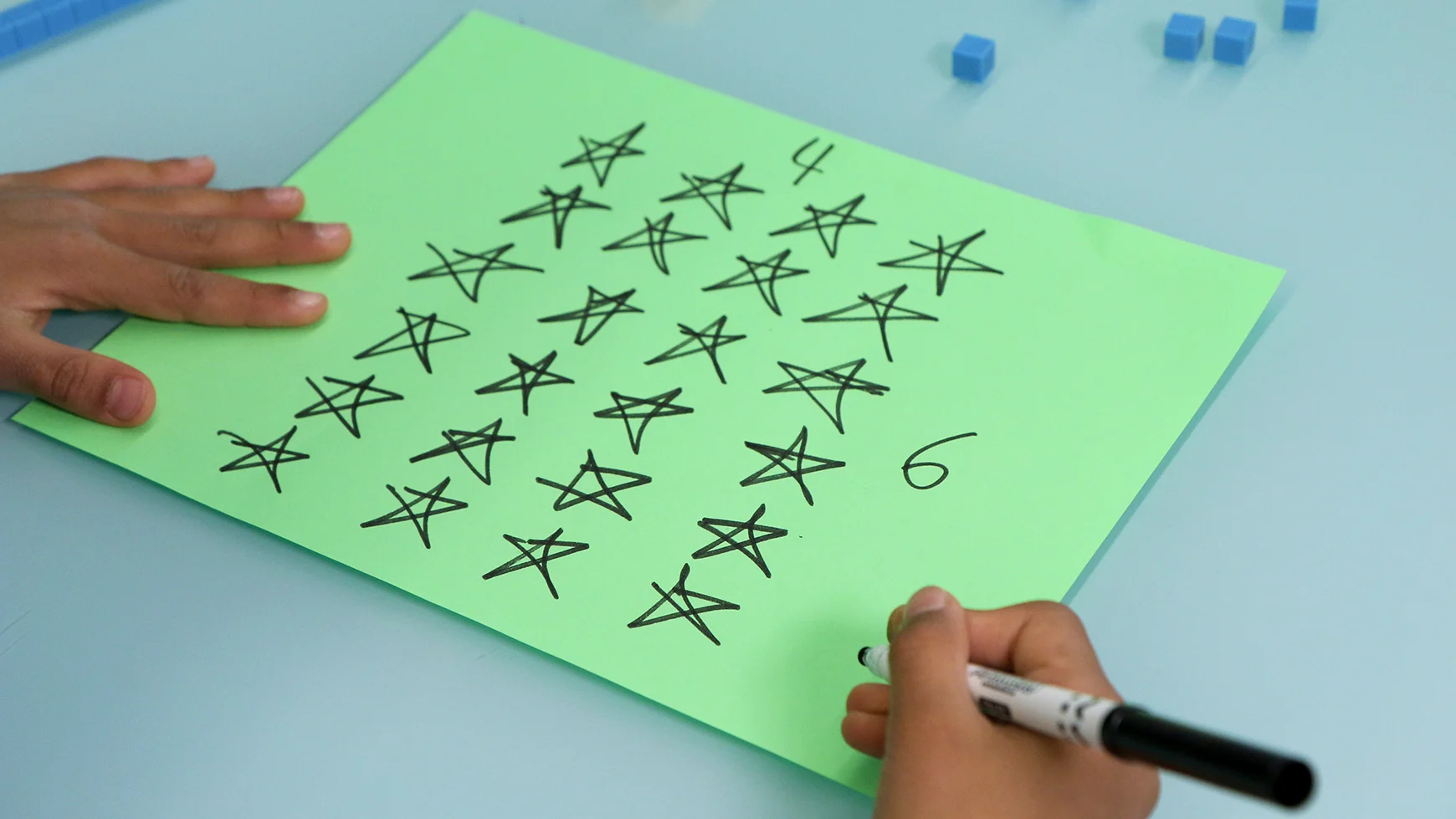
Drawing math problems
Drawing math problems is a good next step after working with hands-on materials like beads or colored tiles. It’s a way for kids to show their thinking — and it takes them one step closer to writing number sentences with numerals and symbols.
For instance, ask kids to solve the multiplication problem 4 × 6 by drawing 6 groups of 4 apples. Or kids can color in 4 rows of 6 square units on graph paper. When they’re finished, they’ll see 4 groups of 6, or 24 square units colored in.

Tapping out numbers
The act of tapping out numbers can help kids connect symbols to actual amounts, and “feel” the value. This is especially useful for working with multiples.
For instance, ask kids to list multiples of 4. They begin tapping sets of 4, counting as they go. Every fourth number gets a louder tap and is written down (“1, 2, 3, 4! 5, 6, 7, 8! 9, 10, 11, 12!”). In the end, kids have a list they can use to answer multiplication and division problems.
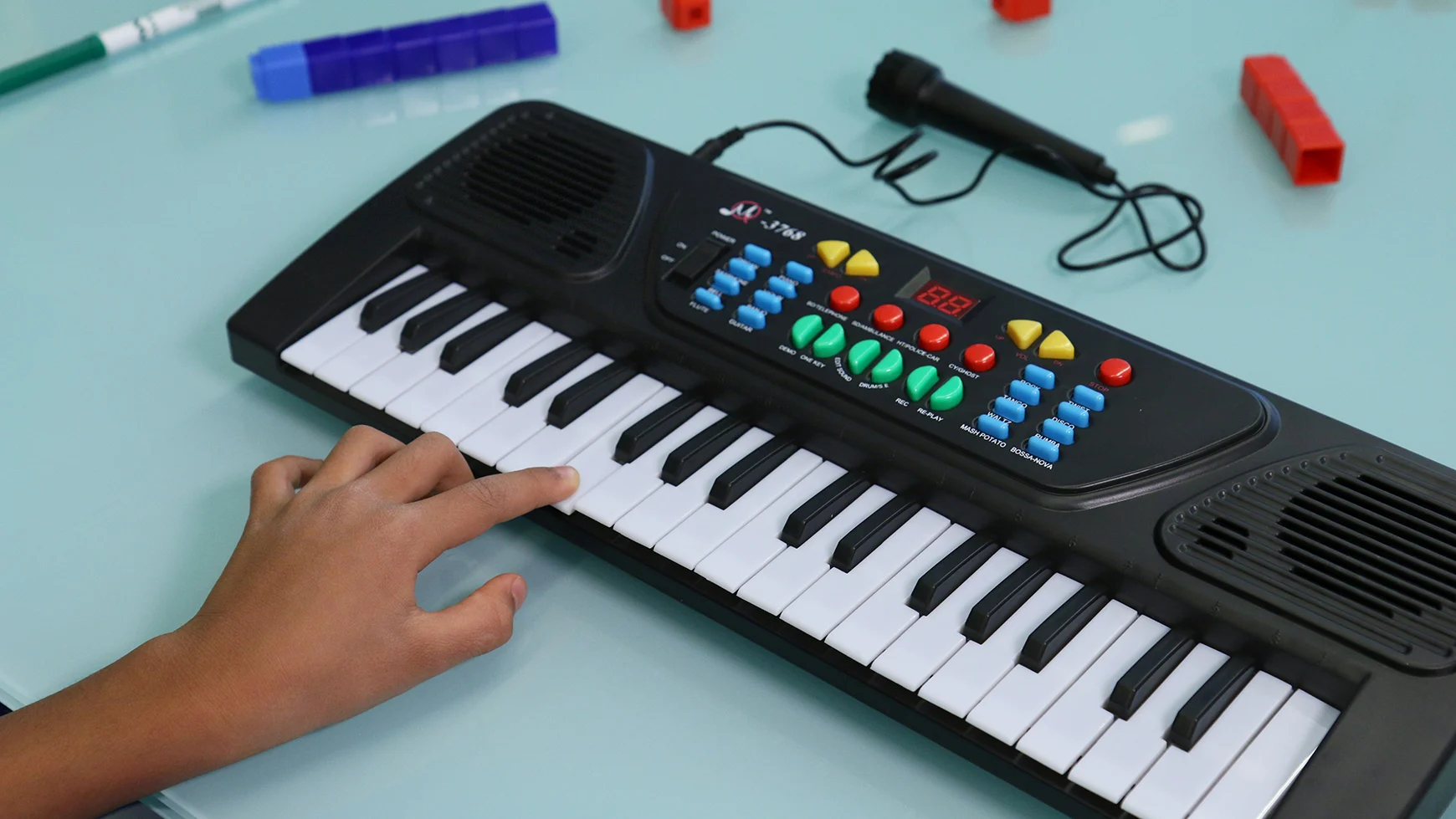
Making musical connections
There are many ways to connect math and music. Kids can use songs to help memorize math rules, for instance.
Playing musical notes can help kids learn grouping or fractional parts. You can play one note on a keyboard and hold it for a count of four. This is the “whole note.” Next, you can ask, “How many quarter notes make a whole note?” After some discussion, kids can play four short notes that total the same length as the whole note.

Putting movement into math
Working movement into math practice is an engaging way to help kids retain what they’ve learned. There are many ways to do this. For instance, kids can demonstrate angles by rotating their body while standing in a hula-hoop.
Here’s another example. Write numbers on the outside of a large ball. (These could be whole numbers, fractions, or decimals.) Pass the ball around. Each time someone catches it, they have to do a math operation with the two numbers their hands land on.
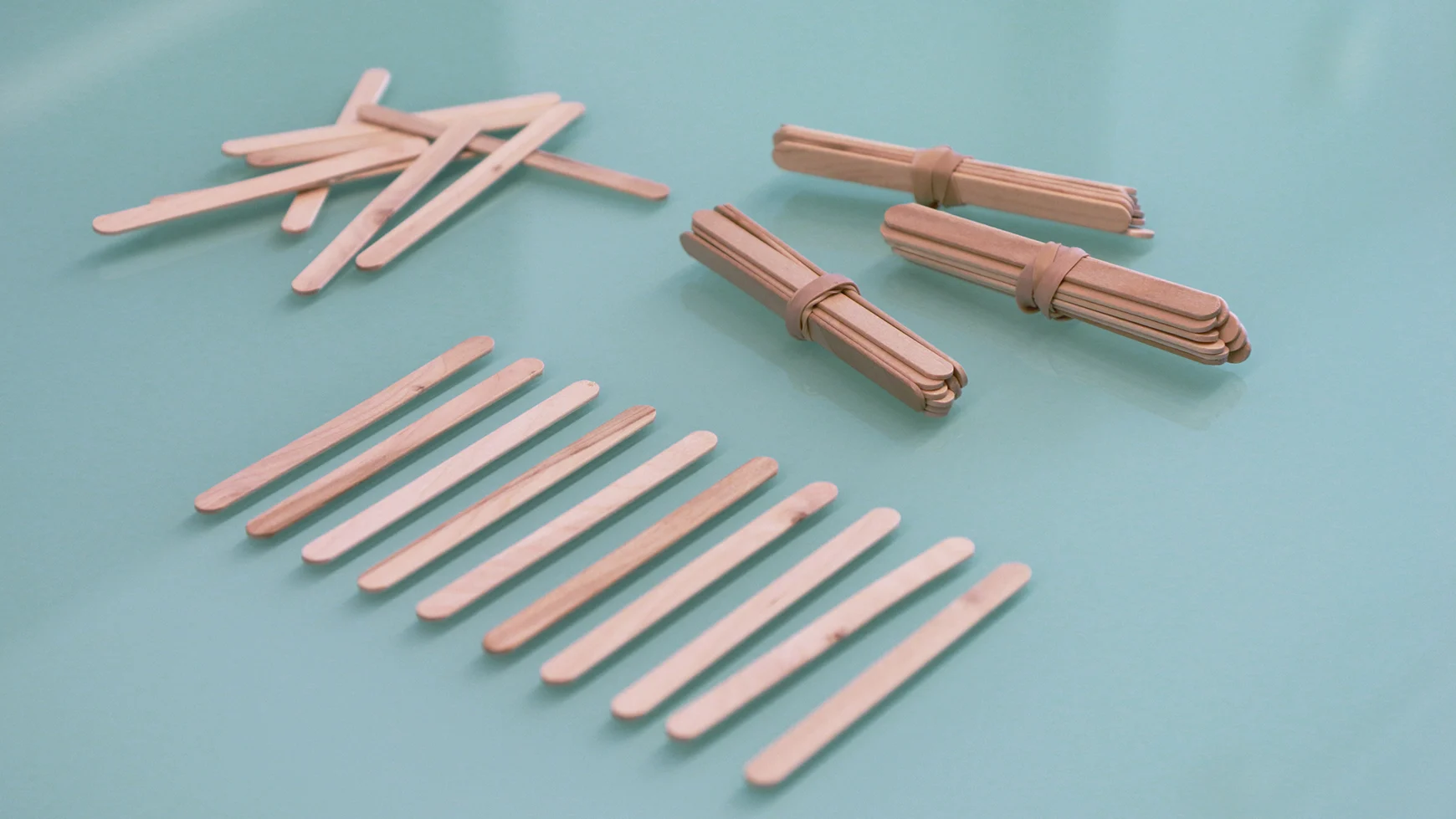
Bundling sticks
One way to introduce kids to regrouping and place value is to have them bundle craft sticks together in groups of 10. (You can also use coffee stirrers.)
For instance, ask kids to solve 45 – 9 using sticks. By collecting 4 bundles of ten and 5 single (or “ones”) sticks, they can see how each place in the number 45 holds value. Then, to subtract 9, they need to break apart one of the bundles to make 15 individual sticks. After taking 9 out, this leaves 3 bundles and 6 sticks remaining, or 36.

Building with base 10 blocks
These blocks come in different sizes that represent 1000s (a “cube”), 100s (a “flat”), 10s (a “long”), and 1s (a “unit”). Kids can form numbers with them to identify place value. (They can also use them to perform operations, show regrouping, and find patterns.)
For example, give kids the number 145 and ask them to “build” it using the blocks. Kids need to select one 100-block, four 10-blocks, and five 1-blocks. Then ask, “Which digit has the greatest value: 1, 4, or 5?”

Creating a hundreds chart
A hundreds chart can help kids who struggle with math to see number relationships. For example, give kids a black-and-white 100s grid. (A grid is a large square broken into 100 smaller square units). Ask kids to shade in 1/4 of the whole grid. Then ask them to find the number of square units they colored in (25). The connection is that 1/4 is the same as 25 out of 100, or 25 percent.
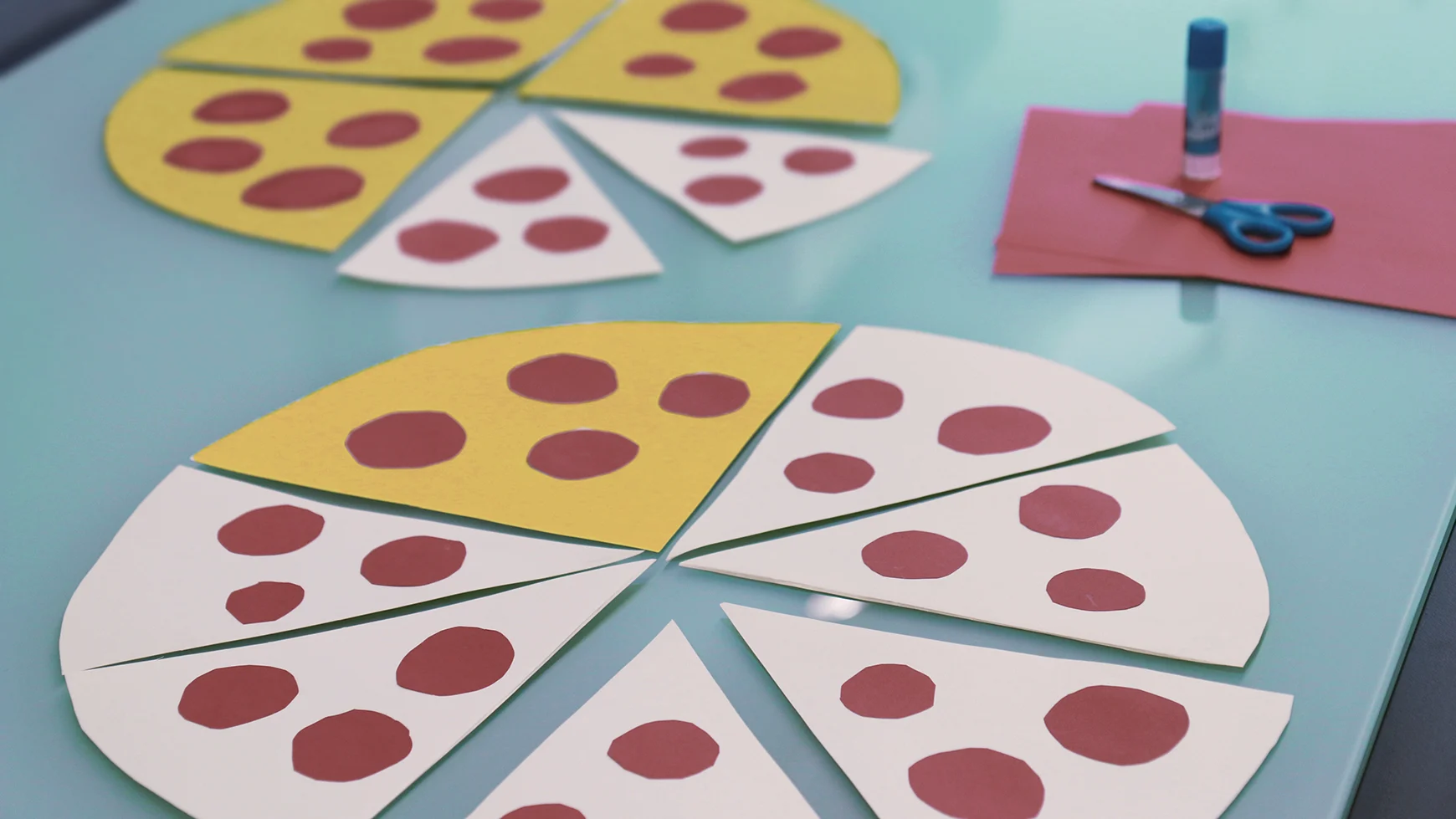
Using pizza slices
Cutting a pizza into slices is a great way to help teach fractions. You can make several pizzas out of construction paper, then cut them into slices of different sizes. This way, kids can “see” fractions like 1/8 or 1/4 by selecting slices of pizza. Using different colors for different size slices lets kids match equivalent fractions like 2/8 and 1/4. Kids can also combine slices to make a “whole” pizza pie!
For more ways to help kids with math, download our free graphic organizers and learn more about evidence-based math instruction.


